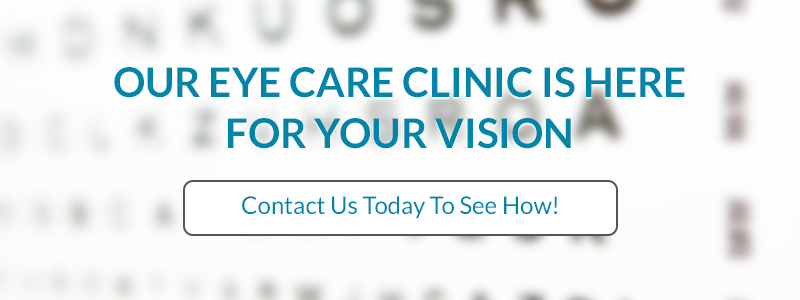Blurry vision. If you’re like a large number of Americans, this inconvenience can quickly turn into a daily problem. Many people deal with unfocused vision from a distance, often referred to as myopia or nearsightedness. In fact, the National Eye Institute has released data that that points out that over 40 percent of our country deals with refractive errors in the eye. By 2050, half of the world’s population will technically be myopic, according to the journal Ophthalmology. Signature Optometry is aware of the increasing prevalence of nearsightedness across the country. Our optometrists in Fresno are here and ready to provide comprehensive care to deliver the clearest results possible. We love helping people see better, and we work to enlighten and educate whenever possible.
One question our eye doctors often field is what exactly nearsightedness is and how it is different from farsightedness. Today, we’ll conclude our look into the two terms by explaining what myopia is and how it is caused. If you’re in need of eye therapy, prescription updates, or anything in between, be sure to call us today for an appointment!
What is Nearsightedness?
Being myopic consists of being able to see objects up close but not far away. If you can read a book or check your texts just fine while struggling to read road signs, the chances are that you are nearsighted. Many people complain of continual fuzziness, which can lead to problematic symptoms such as:
- Headaches
- Eye strain
- Squinting
- Excess fatigue
What Causes Myopia?
Conversely, from hyperopia, nearsightedness occurs when your eye is too long, causing light rays to concentrate in front of the retina. While focusing behind the retina causes a lack of focus close up, myopic problems occur when the eye is unable to focus on long distances. In some cases, patients may suffer from lense curvature complications that distort the incoming light.
Diagnosis Procedures
Diagnosing myopic problems in the eyes is often a simple exam with your eye doctor. In most cases, nearsightedness is a normal inconvenience that requires corrective lenses for the best results. Roughly two percent of Americans suffer from degenerative myopia, a serious form of nearsightedness that can lead to legal blindness.
How Can I Treat Myopia?
The prevalence of myopia may sound like bad news, but our eye doctors in Fresno can help with an array of treatment options. Every patient is unique, so be sure to consult with your local optometrist before taking on any treatment plans!
- Eyeglasses are a convenient choice that provides rigid clarity during all waking hours. Some patients may need corrective eyewear full time, while others may only require it during special activities, such as driving. You can customize your glasses to provide the best protection and convenience.
- Contact lenses provide the same corrections in a convenient format. Many lenses are marketed to be comfortable, convenient, and more precise. Myopic patients often report favorable outcomes with daily lense use.
- Orthokeratology is one advanced approach that utilizes rigid gas permeable lenses that can reshape your eye to improve vision throughout the day. Simply take the lenses out in the morning, and you can benefit from temporary improvements.
- Corrective surgery is becoming more popular in recent years and may be the best option for those seeking long-term results. Patients can either remove corneal tissue to flatten the cornea or remove the tissue via laser for enhanced vision.
Myopia is a common problem that is often the reason why new patients reach out to our optometrists in Fresno. Signature Optometry is proud to be your source for complete optical care; our local eye doctors are dedicated to your visual health. Contact us today to learn more about nearsightedness or to schedule your appointment!


